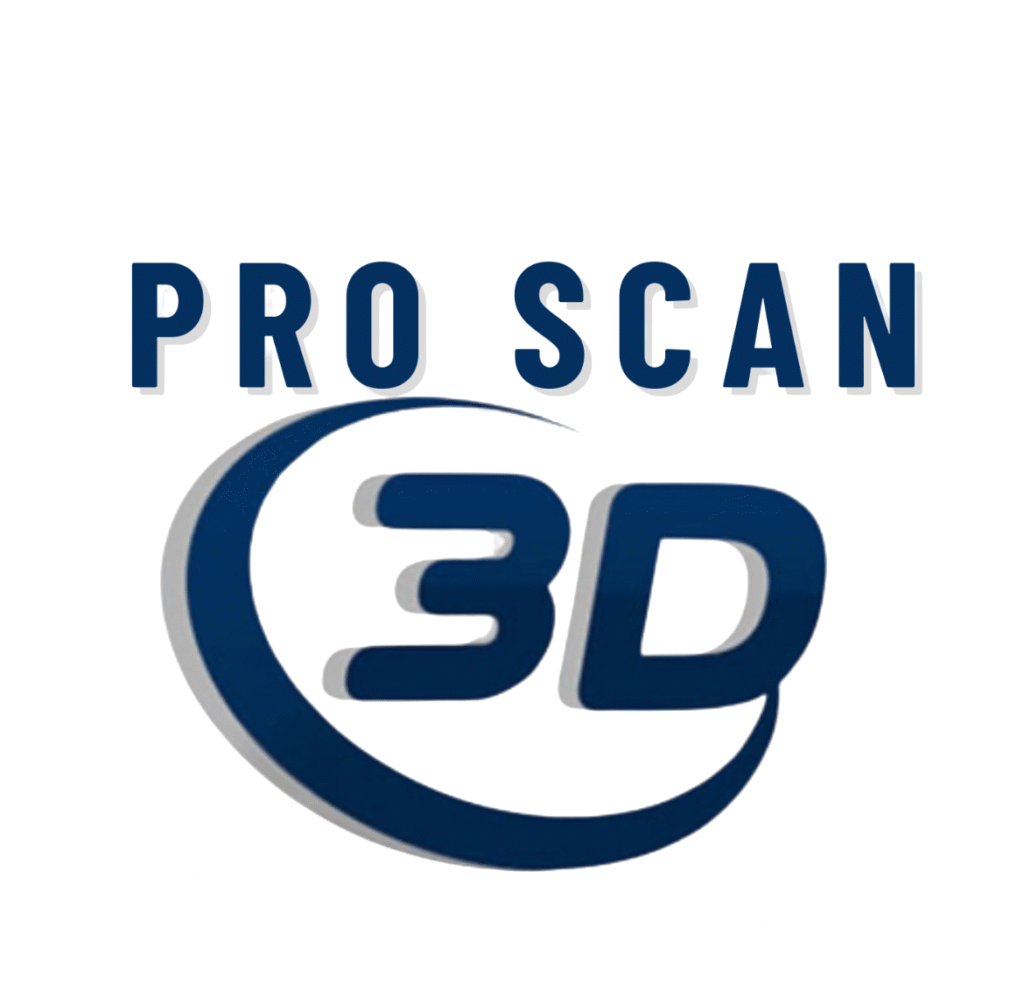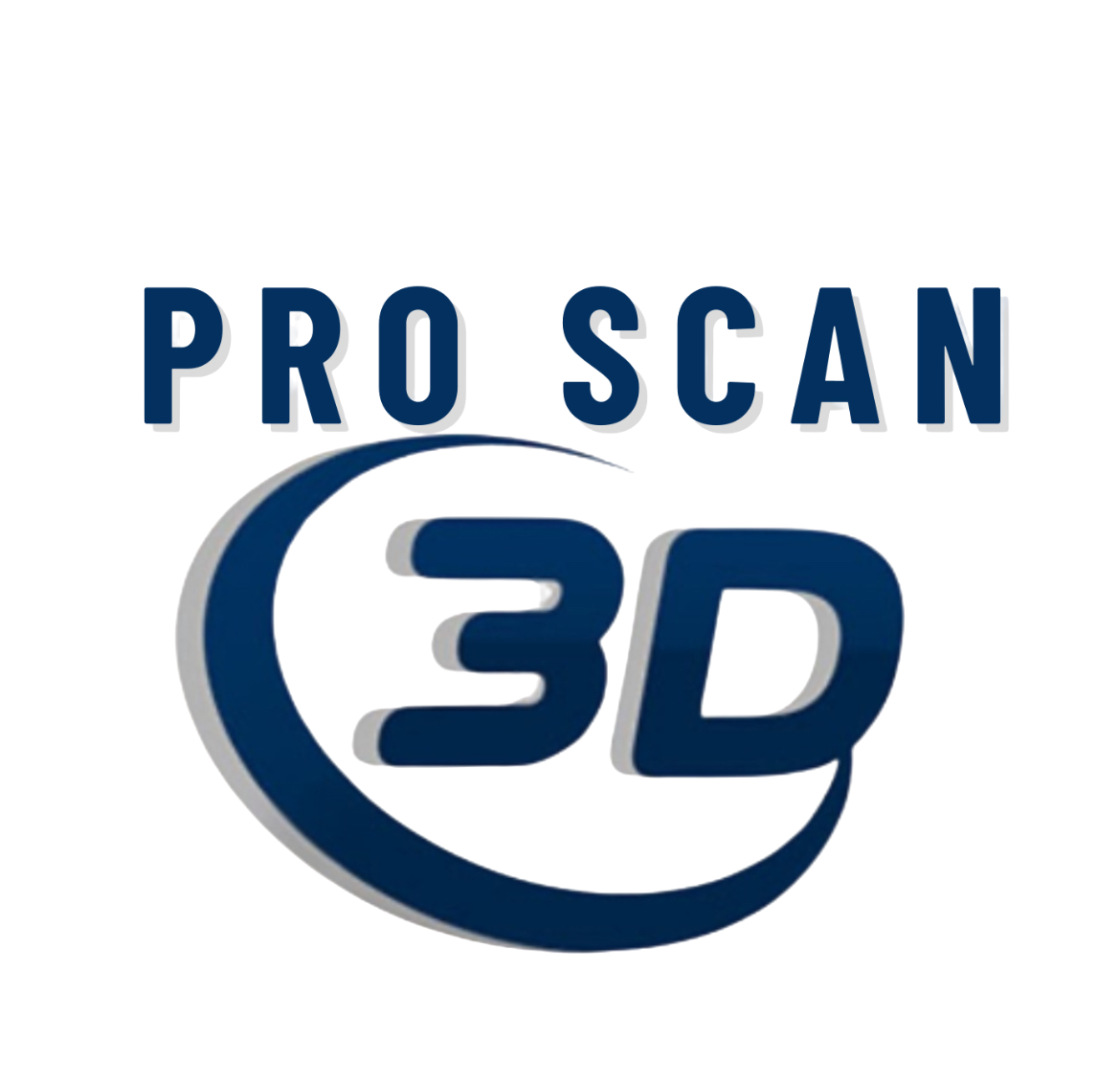Transforming Reality into
Digital Precision
Reliable 3D Laser Scanning Services
ProScan 3D Scanning Solutions is bringing 16+ years of experience to the Architecture, Engineering, & Construction (AEC) industry. With experience in scanning hundreds of construction projects, our commitment to quality and precision in 3D laser scanning services is unmatched by any laser scanning company, anywhere.
A Comprehensive Suite of Laser Scanning Solutions
We offer a comprehensive suite of laser scanning services with each project being custom-tailored to the exact needs of our clients. From detailed 3D laser scanning to immersive virtual tours created with state-of-the-art Matterport equipment, we’ve got all the bases covered. Drone imagery and advanced 3D modeling further extend our ability to capture and represent spaces with unparalleled accuracy.
The ProScan3D Difference
Direct Communication
Matt McKinnon personally oversees every project, ensuring consistency and reliability.
A Consultative Approach
We work closely with you on your project to learn exactly what you need and ensure that we come armed with the best equipment for your your specific project.
No Middlemen
You'll get a straightforward and transparent experience when we're handling your project. There's a clear line of accountability, and you'll know exactly who is responsible for your project and what equipment will be used on site.
20+ Years Experience

- Owner / Operator
- 5872978707
Matt McKinnon
Matt McKinnon, the dedicated owner of ProScan 3D Scanning Solutions, brings a wealth of expertise and a meticulous eye to the forefront of the 3D laser scanning industry. With over 16 years of experience in AEC, Dave has pursued his favorite niche of the industry and carved out ProScan3D as leaders in delivering precise and reliable 3D laser scanning services.
You'll find infinite resilience in his commitment to doing quality work as well as a deep understanding of each project's intricate needs. His hands-on approach ensures that clients receive the highest standards of service, personalized attention, and custom tailored 3D laser scanning solutions from the first phone call to the final delivery.
It's this attentive nature that really sets ProScan 3D Scanning Solutions apart because the foundation of the company is in being fully engaged and fully transparent with every client. These core values have brought ProScan3D as a preferred partner for many AEC professionals looking for 3D laser scanning services anywhere in the United States.
A Comprehensive 3D Laser Scanning Suite With No Boundaries
Our Services
3D Laser Scanning Near Me
We’re proud to be delivering our extensive range of 3D laser scanning services across the entire country. No matter your location, our team is equipped and ready to provide you with the high-quality 3D scanning solutions you need. If you’re looking for “3D laser scanning near me” you’re looking for ProScan 3D Laser Scanning Solutions.
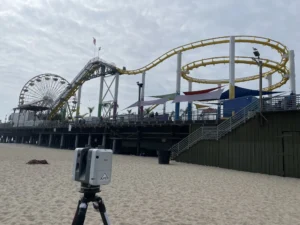
3D Laser Scanning

Reality Captured
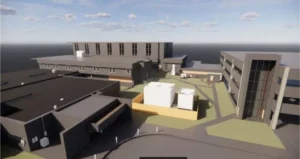
3D Laser Scanning
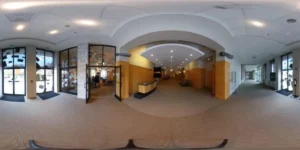
Matterport Capture Services
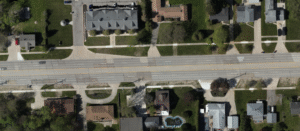
Drone Imaging Services
We use modern drone imaging technology to provide high resolution photographs and videos from an aerial view.
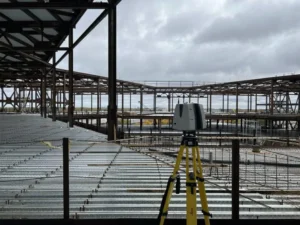
Construction Site Monitoring
Let's Get to Work.
Project Gallery
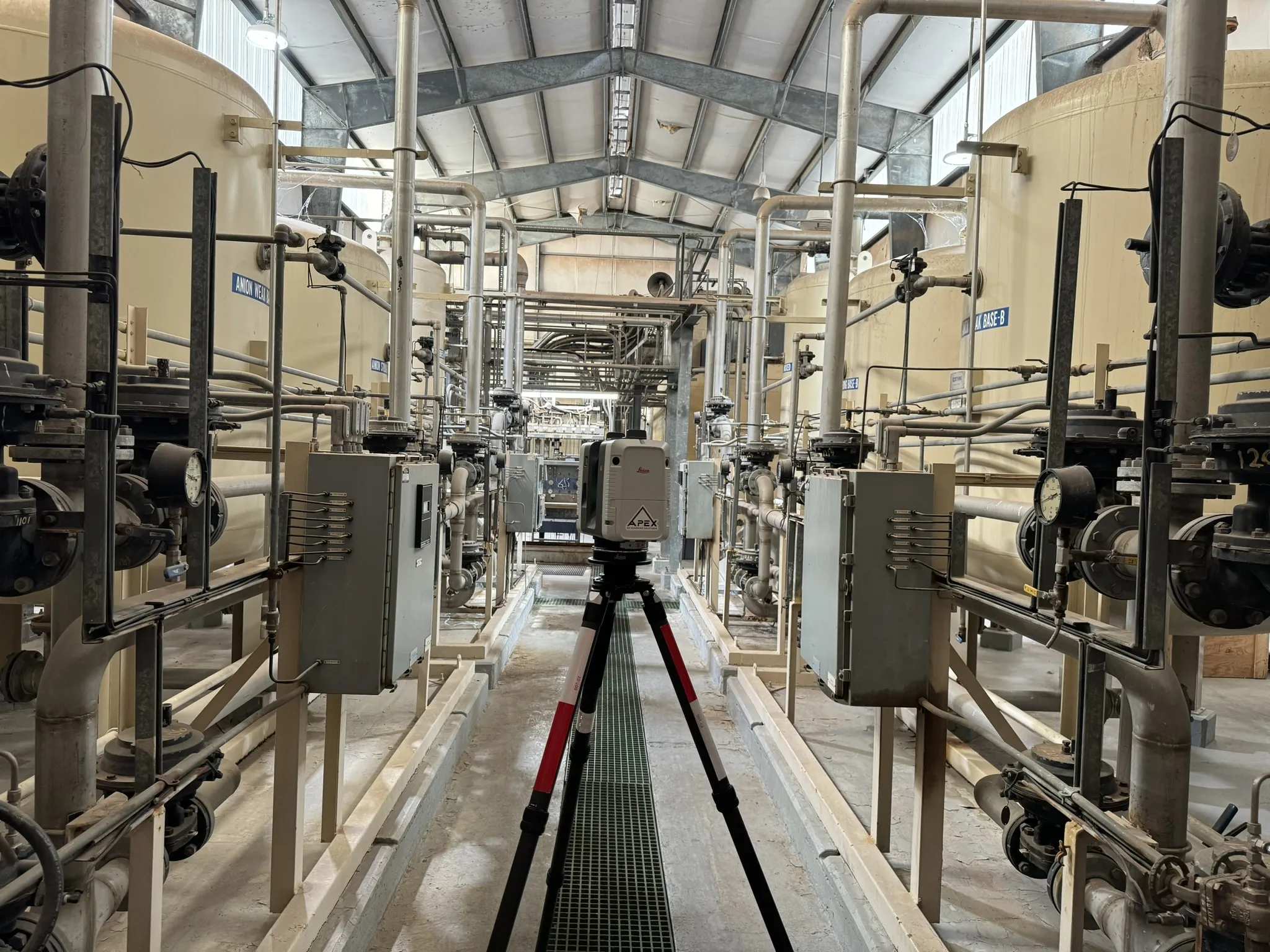
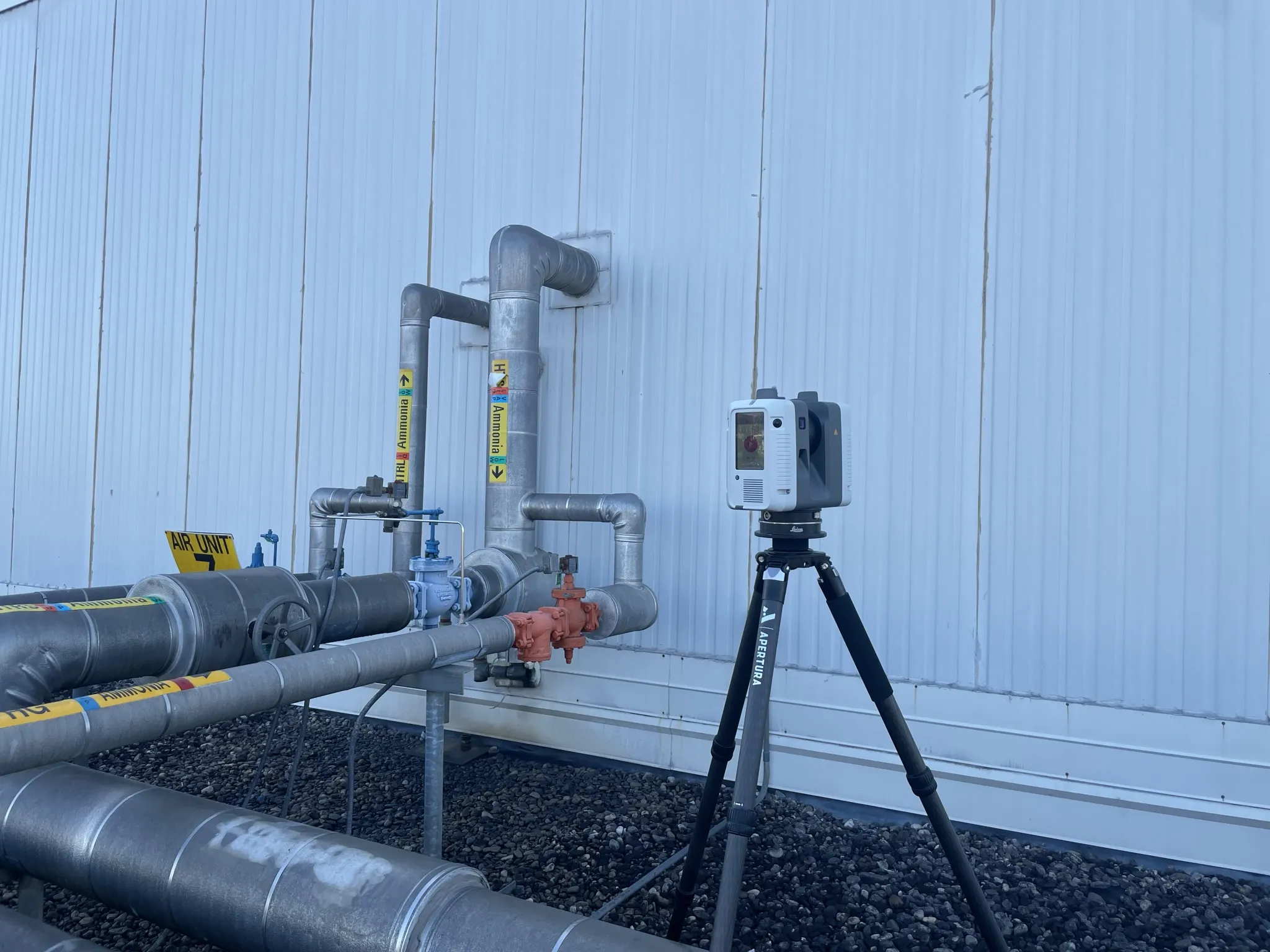
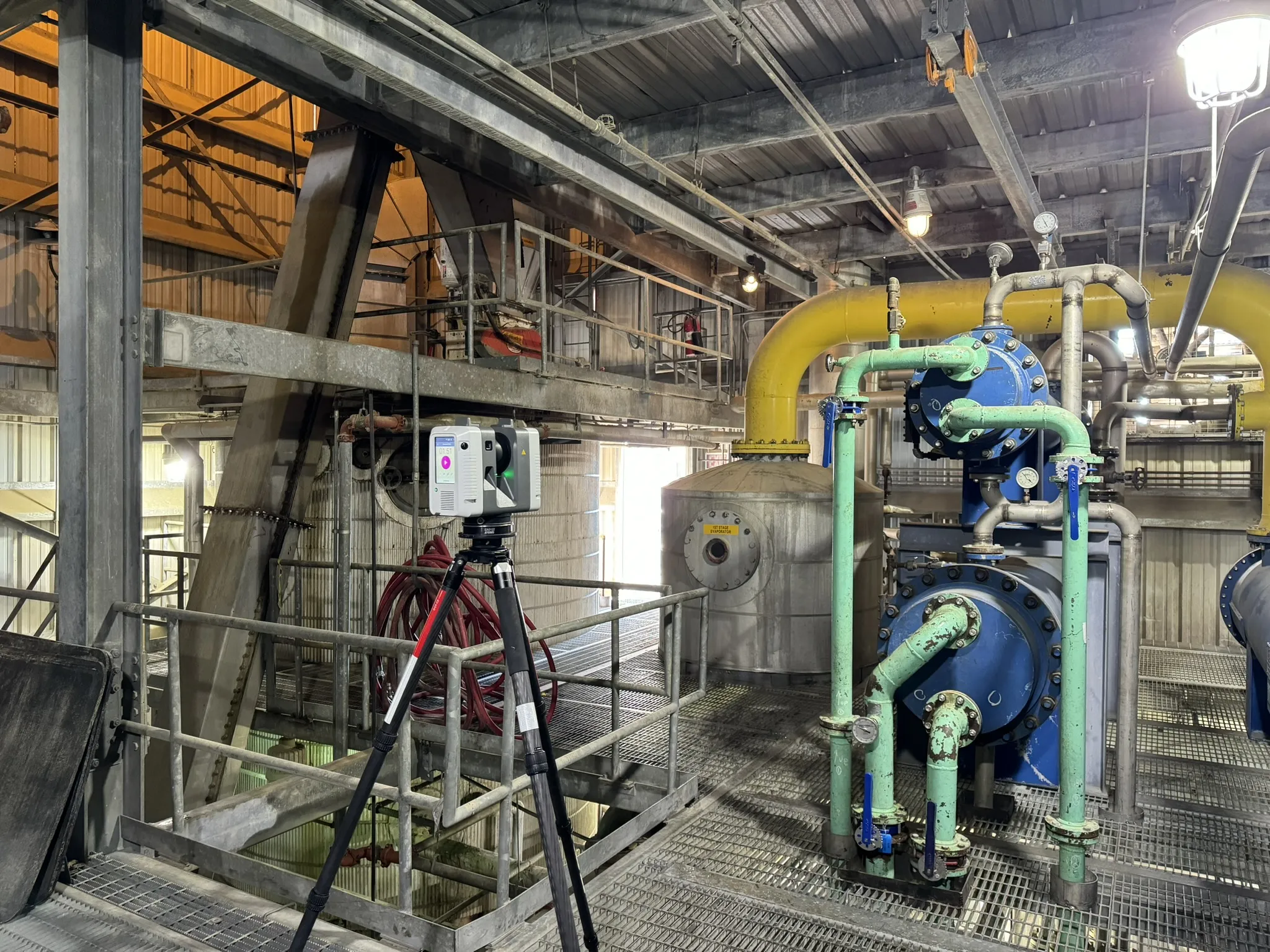
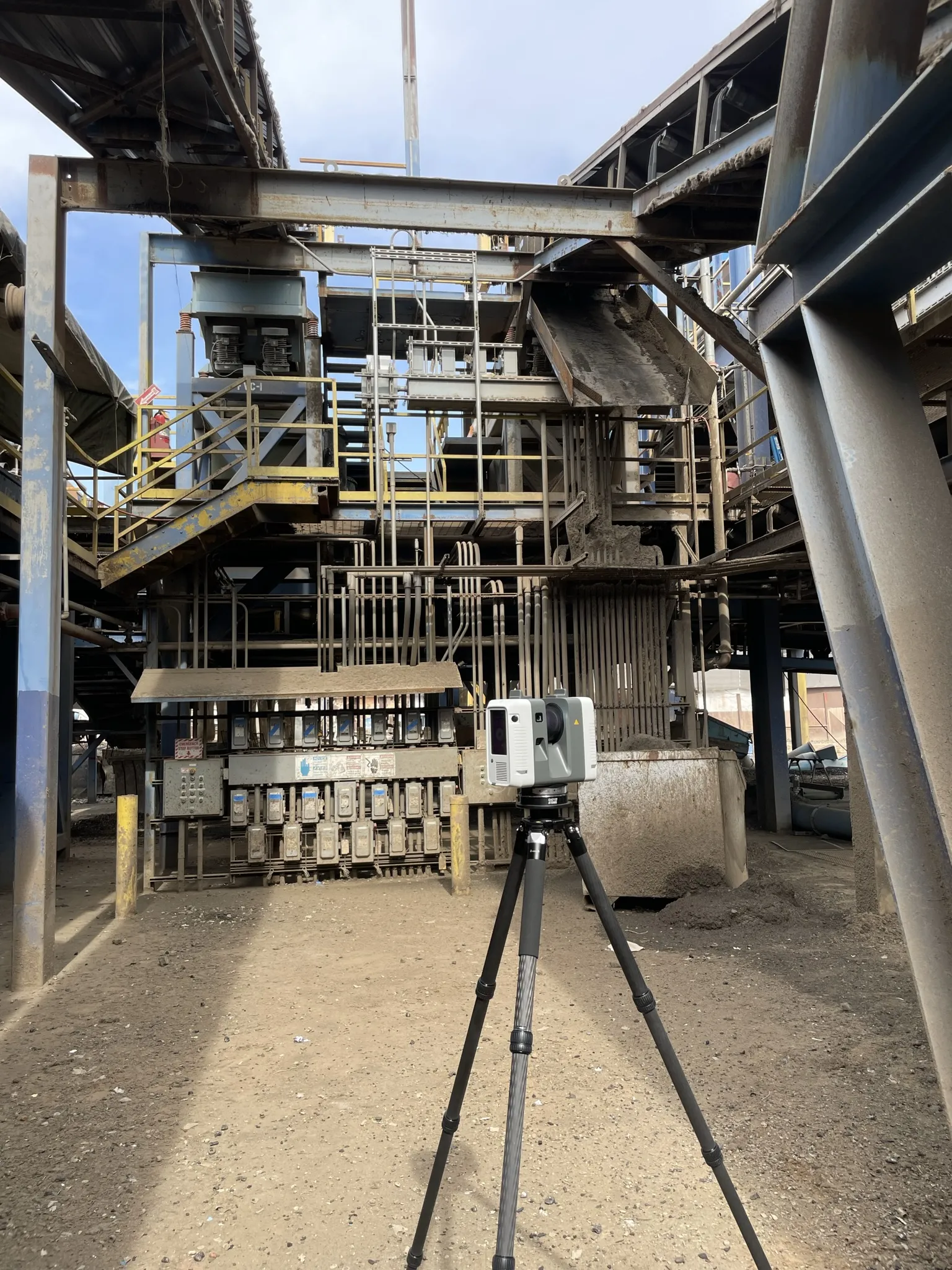
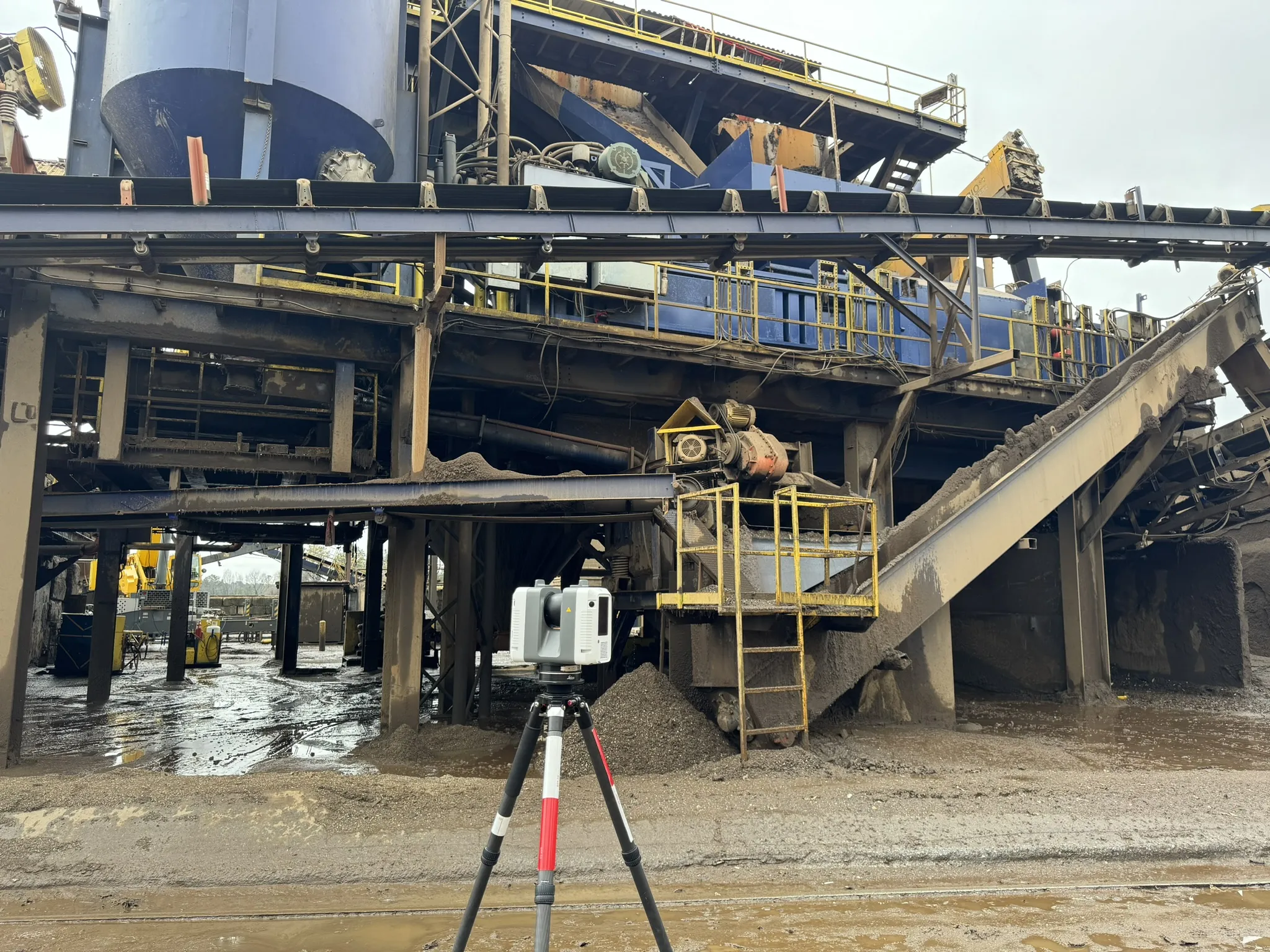
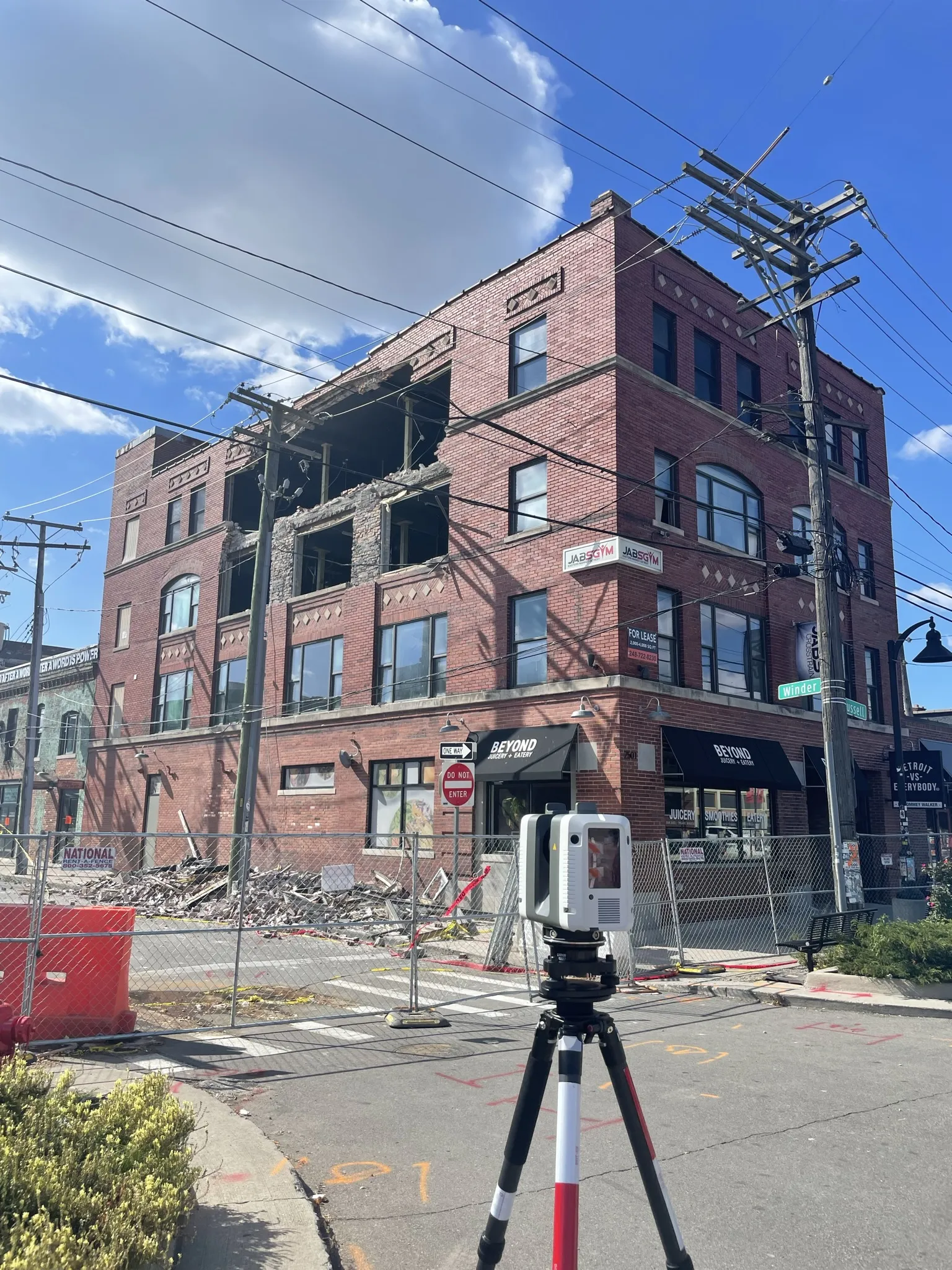
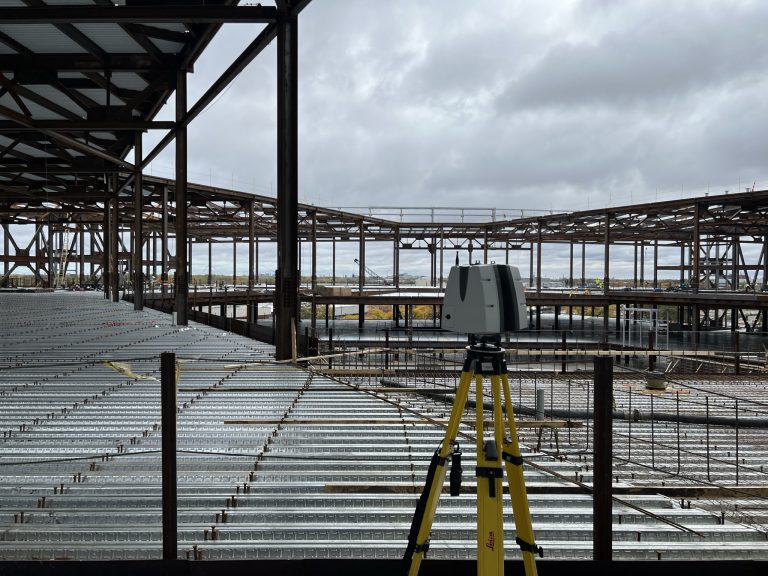
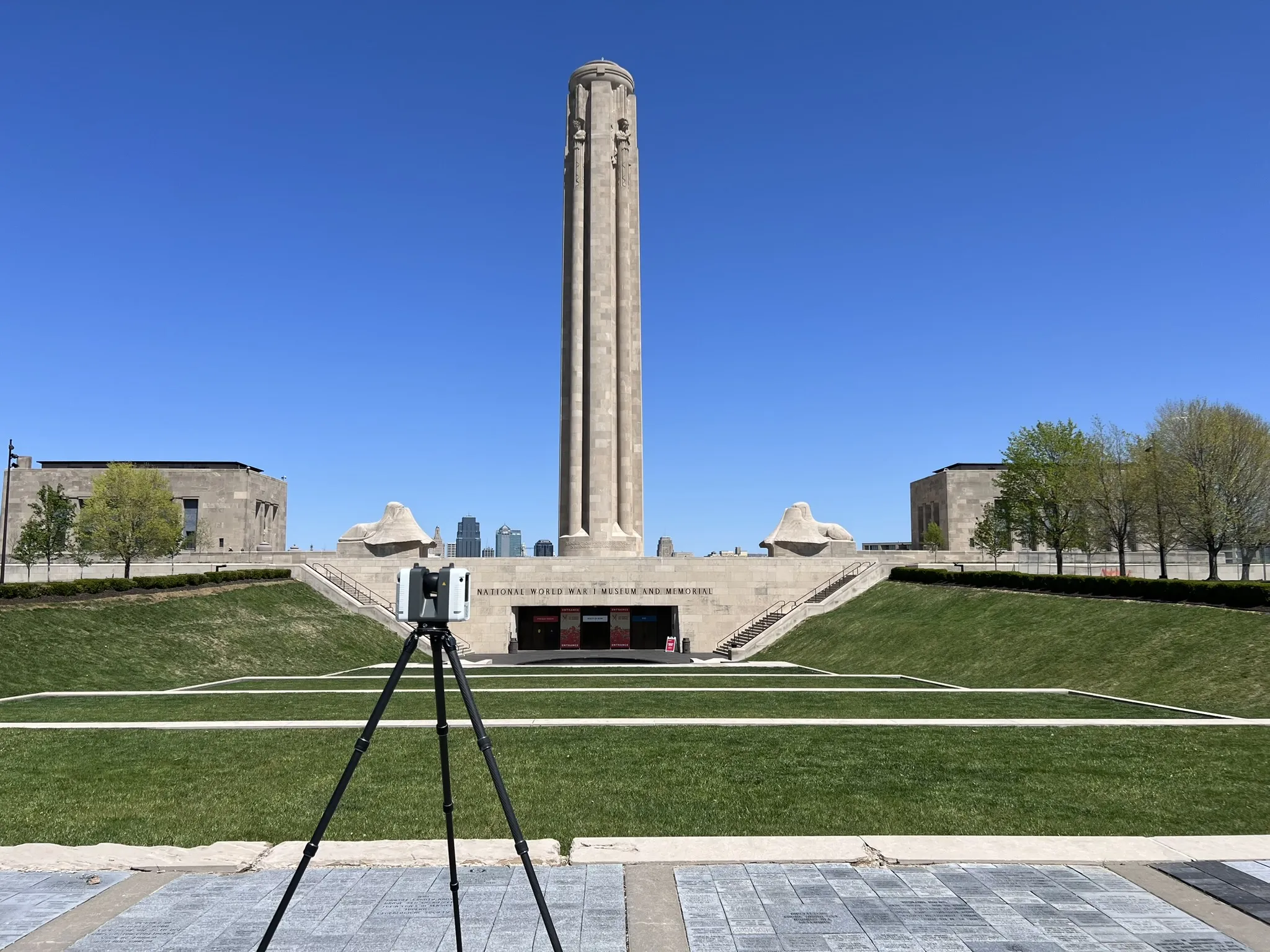
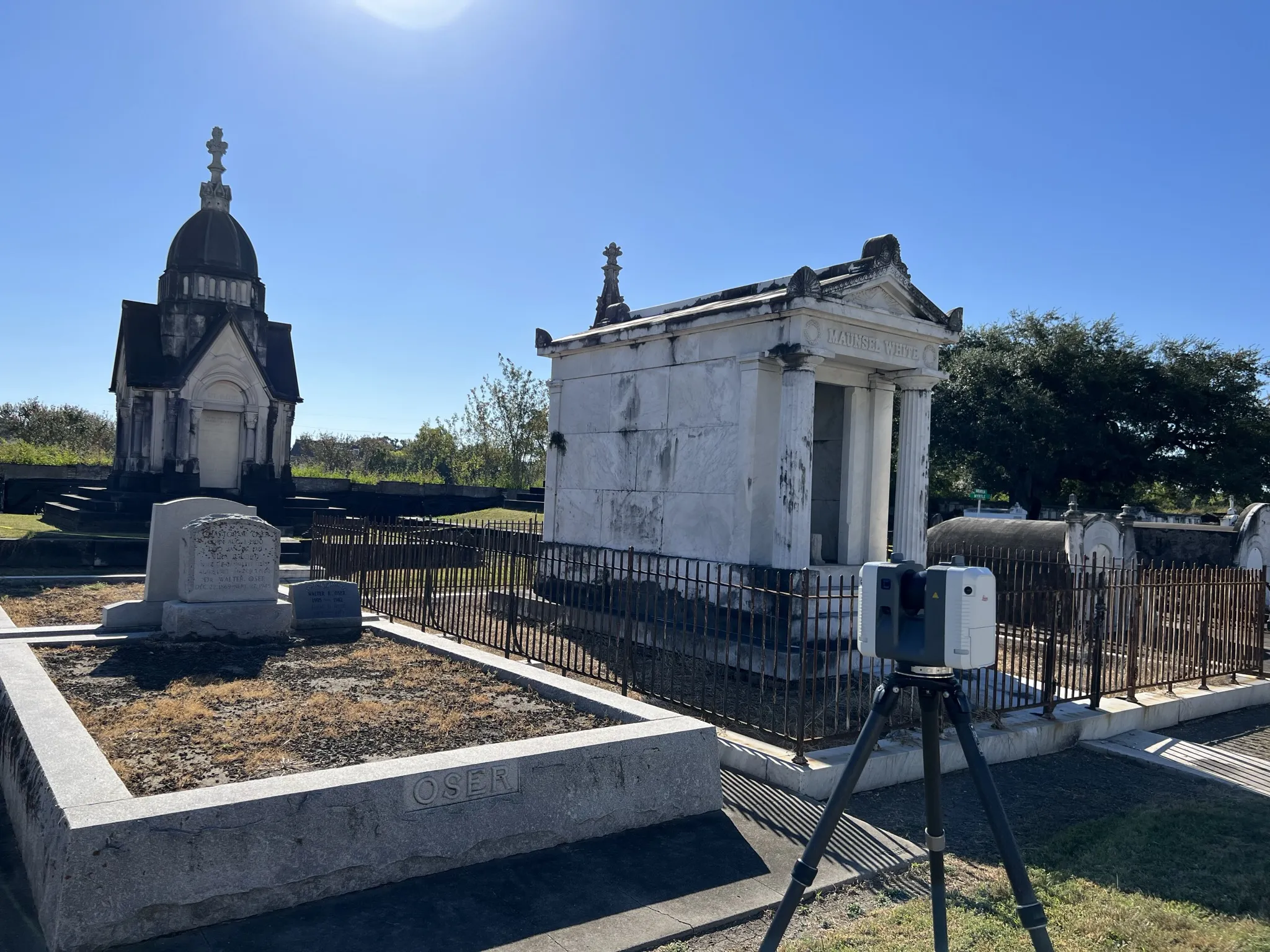
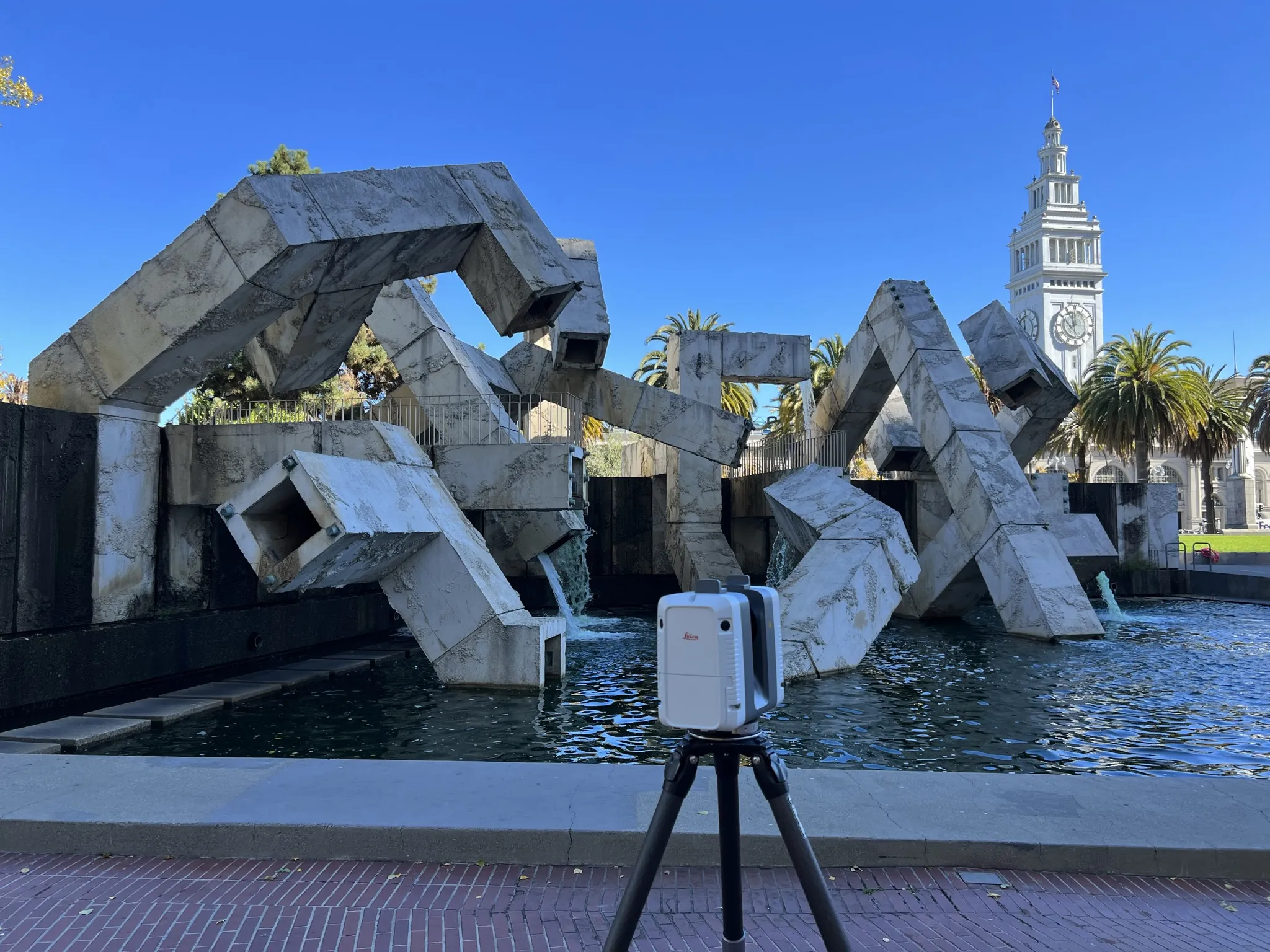
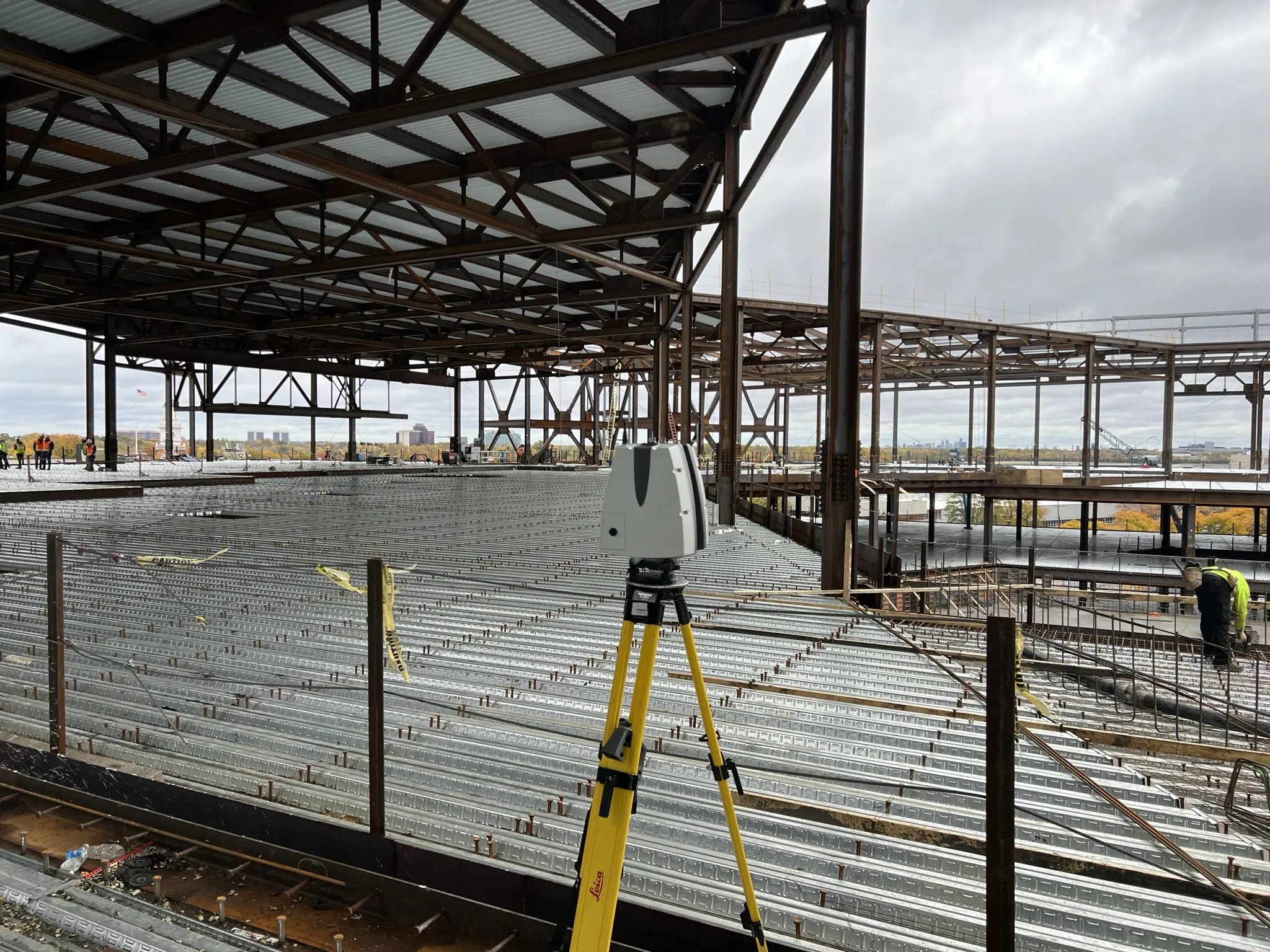
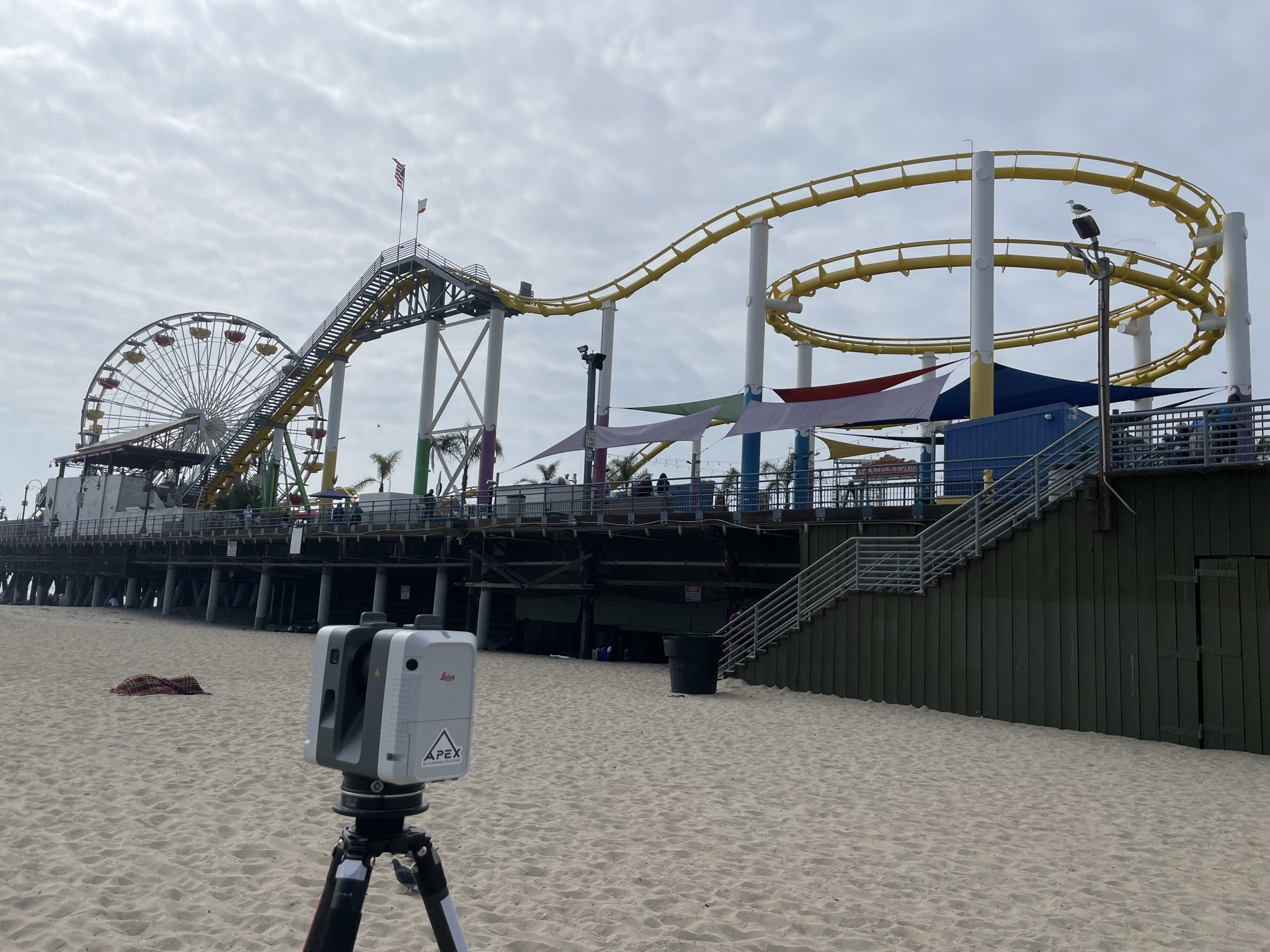
Laser Scanning FAQ
3D laser scanning is a modern technology that using advanced laser technology to give a “reality capture” or a detailed digital representation of objects, structures, or environments in our world. We use laser scanners to rapidly capture the physical properties of objects and convert them into precise, 3D data. The end result of this is known as a “point cloud” which can be used for various things in the construction industry but most commonly for 3D modeling, as built drawings, and in partnership with a professional surveyor.
Key Features of 3D Laser Scanning:
- Accuracy: 3D laser scanners are capable of recording millions of coordinate points per second allowing for detailed analysis and engineering right down to the millimeter.
- Speed: With modern technology, traditional surveying methods are becoming obsolete because 3D laser scanning can be completed in a fraction of the time, which is ideal for a project with a tight timeline.
- Versatility: 3D laser scanning can be used for a large variety of industries and applications in the AEC world from creating complex architectural models to inspecting industrial components and documenting historical sites.
- Non-Intrusive: Since 3D laser scanners are contactless equipment, data can be captured without ever touching or damaging the object. This is invaluable for historic sites and sensitive or fragile materials.
- Comprehensive Dave Collection: 3D laser scanners provide the complete view of an object or space capturing every visible detail in three dimensions which can be manipulated and viewed from any angle.
In the modern area of construction, 3D laser scanning is taking over the industry because of its ability to merge both accuracy and speed incomparable to what was previously possible. Whether you’re needing 3D laser scanning for designing, inspecting, or preserving, you’ll get incredibly detailed insights that traditional methods simply cannot achieve.
In short, highly accurate. Modern 3D laser scanning technology is used to create 3D models or as-built drawings more detailed than we’ve ever seen before from physical spaces and objects. As with many things, the accuracy of 3D laser scanning varies based on some key factors, but overall, you cannot put a price on the extremely precise data made available by this technology.
Factors Influencing Accuracy:
- Scanner Quality: As you’d expect, a high end scanner provide higher measurement accuracy and a finer resolution. It’s possible for a lower-end scanner to miss the minute details, and that’s why our 3D laser scanning company only uses top-of-the-line equipment on our projects.
- Environmental Conditions: Some elements of the environment such as lighting, temperature, and humidity will have an affect on the accuracy of your 3D laser scanning project. For example, if you’ve got bright sunlight on highly reflective surfaces, it can interfere with the laser’s ability to capture clear data.
- Target Surface Properties: The material and color of the object being scanned also plays a role. Dark, shiny, or transparent surfaces can potentially pose a challenge and reduce accuracy, especially from lower-end 3d laser scanners.
- Operator Skill: The technician behind the scanner, as you might expect, also plays a large part in the quality of the output in your laser scanning project. Proper setup and calibration of the equipment is essential to getting the best possible results. That’s why you’d want to partner with 3D laser scanning professionals like us with over 16 years of experience in the industry.
There’s more than a couple of advantages to integrating the modern technology of 3D laser scanning into your construction projects. You’ll receive highly enhanced results in the departments of accuracy and efficiency and even in flexibility for project management and data utilization.
Some Key Differences
- Speed and Efficiency: 3D laser scanning captures millions of data points in just minutes, this creates a dramatic difference in the time required to survey large sites and complex structures. The speed at which 3D laser scanners can collect data minimizes your downtime and enables faster progression to the next step of your construction project.
- Accuracy & Precision: Laser scanners provide exceptionally high precision, down to the millimeter in most cases, and ensures that your measurements are reliable. This level of detailed is paramount for fitting components, aligning structures, and avoiding any costly mistakes that might occur from an inaccurate measurement.
- Comprehensive Data Capture: Unlike traditional methods, which might only capture specific dimensions, 3D laser scanning offers a complete picture of the scanned environment. This is particularly useful in the construction industry for catching issues early on like clashing in the HVAC, plumbing, and electrical systems.
- Enhanced Collaboration: The digital data (point clouds) generated from 3D scans can be easily shared with all stakeholders, including architects, engineers, and contractors. The ease of access to this allows for better communication and collaboration amongst your project managers and real time updated to the plans.
- Cost Savings: Every contractor or engineer wants to save money on their project, and 3D laser scanning is one of the best ways to cut your costs on reworks, delays, and errors. Having accurate scans will ensure that your materials and designs are correct the first time, which avoids waste and any additional costs.
Overall, 3D laser scanning is being adopted into the world of construction because it’s leading the industry in accuracy, efficiency, and safety for construction projects.
Yes, 3D laser scanning is highly effective for outdoor environments and it’s widely accepted across many industries for external applications. Modern laser technology is versatile enough to handle diverse outdoor conditions and still offers all of the standard benefits of 3D laser scanning you’re used to, but outdoors.
Applications for 3D Laser Scanning
Construction
Improves accuracy and efficiency in construction projects by providing precise measurements and data for site planning, monitoring construction progress, and ensuring components fit correctly, thus reducing costly rework.
Industrial Plants
Facilitates the design, expansion, and maintenance of industrial facilities by capturing detailed geometrical data for complex structures and machinery, enhancing operational planning and safety checks.
As-Built Drawings
Offers accurate documentation of buildings or structures post-construction, ensuring that the as-built drawings reflect the true built environment for future reference and modifications.
Heritage Preservation
Enables precise and non-intrusive documentation of historical sites and artifacts, preserving intricate details without damaging sensitive materials, crucial for restoration and conservation efforts.
Buildings
Assists in accurate and efficient planning, design, and maintenance of buildings by providing architects and engineers with precise dimensional data and detailed structural insights.
Inspection
Enhances quality control processes by enabling thorough inspections of infrastructure, components, and assemblies, identifying defects and deviations from intended designs or standards.
Retrofit
Supports the update and improvement of existing structures by providing detailed information about current conditions, facilitating the integration of new technologies or features.
Manufacturing Facilities
Streamlines the setup, modification, and optimization of manufacturing processes by providing precise factory floor data, improving machinery placement, and workflow efficiency.
Agricultural Facilities
Assists in the design and management of agricultural facilities by creating detailed models for layout optimization, storage solutions, and equipment placement.
Concrete
Ensures the accurate measurement of concrete structures for compliance with specifications and detection of potential issues like deformations or cracks before they become structural concerns.
Oil & Gas
Critical in the exploration, production, and maintenance phases of oil and gas operations, providing detailed data for facility upgrades, safety evaluations, and compliance with environmental standards.
Power, Process, & Plant
Enhances the design, maintenance, and expansion of power generation facilities, capturing complex data for process optimization and safety improvements.
Water Treatment Plants
Supports the design and maintenance of water treatment systems by documenting existing conditions and aiding in the efficient placement of pipes and equipment.
Universities & Education
Useful in campus planning and facility management, helping educational institutions visualize renovations and expansions, and manage space more effectively.
Stadiums
Assists in the construction, renovation, and maintenance of sports facilities by ensuring precise dimensions for seating, safety measures, and general infrastructure planning.
Acoustic Engineering
Used in the design and construction of spaces requiring specific acoustic properties, like concert halls and theaters, to ensure sound is perfectly engineered throughout the space.
